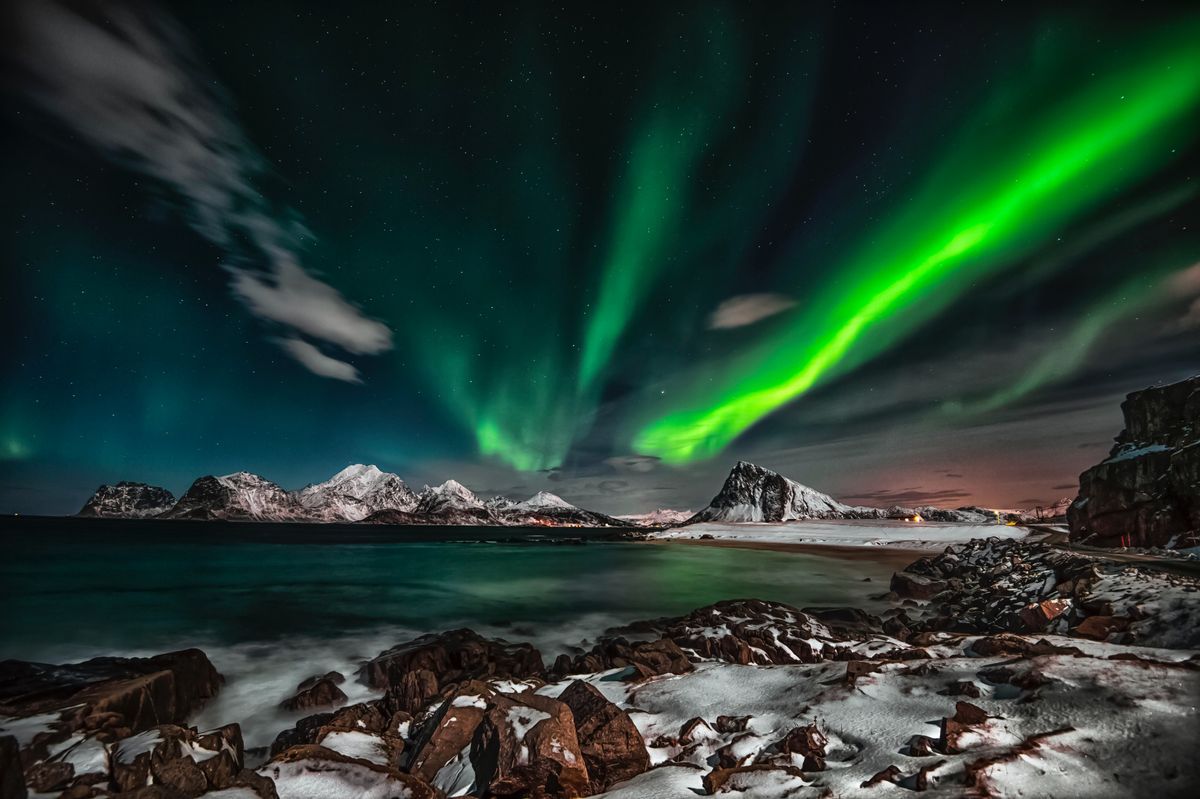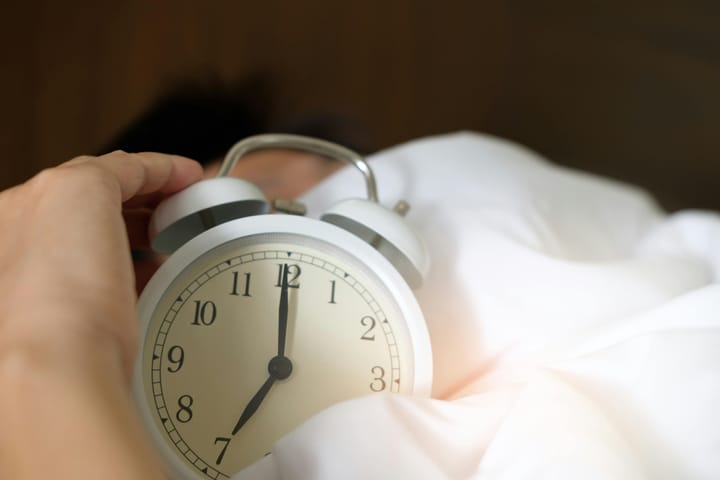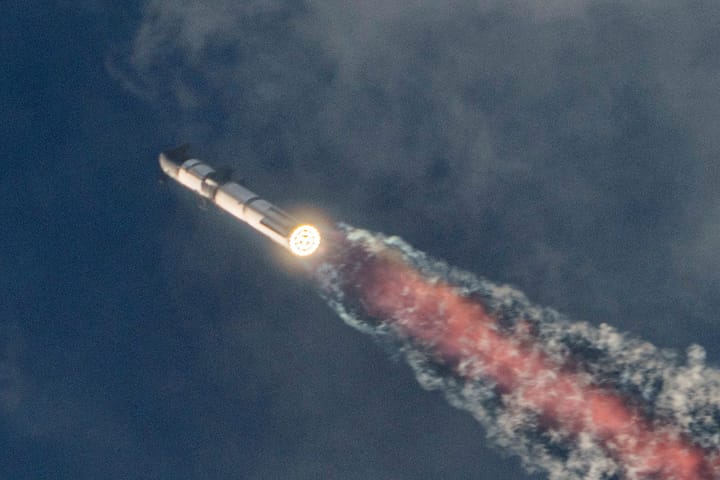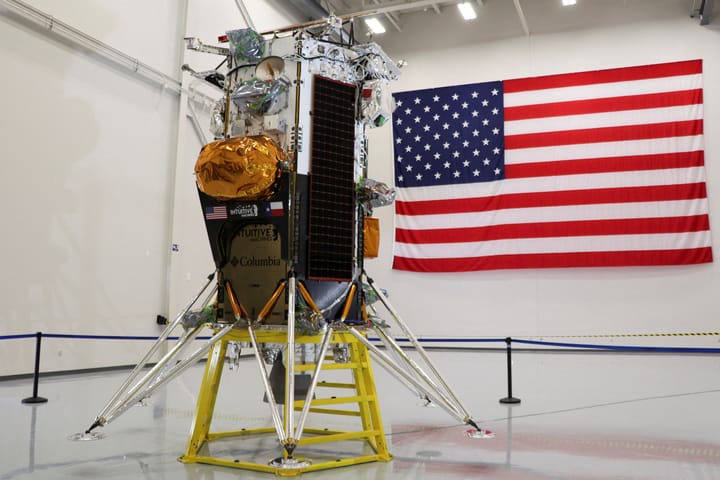Why we’ve heard more about the northern lights lately
Every day lately, another story about the northern lights shows up in the news feed.

A few minutes every morning is all you need.
Stay up to date on the world's Headlines and Human Stories. It's fun, it's factual, it's fluff-free.
Every day lately, another story about the northern lights shows up in the news feed. For example. Just yesterday, we covered two pilots taking flights off-course in a 360-degree loop just so passengers could view this stunning phenomenon.
The northern lights, also known as aurora borealis, have been visible farther south than usual, and there's been more activity than we're used to. Even from outer space, we're getting news of northern lights sightings. Josh Cassada, a NASA astronaut, got a rare aurora view from the International Space Station. He took a photo of the northern lights shining green within the Earth's atmosphere and posted it on Twitter.
Absolutely unreal. pic.twitter.com/pah5PSC0bl
— Josh Cassada (@astro_josh) February 28, 2023
So, why are we seeing so much of these rare lights?
The northern (and southern) lights occur when electrified particles from the sun hit Earth's magnetic field. Some of the energy and particles from these "solar storms" travels along magnetic field lines to the north and south poles, where they fall into the atmosphere. They then interact with the gases, and the lights are a product of these interactions and show up in different colors. For example, oxygen creates green and red light, and nitrogen glows blue and purple.
We're headed toward something called "solar maximum," which is when there's an increase in activity on the sun. We're expecting that around July 2025. These kinds of solar events will become more common as we get closer to solar maximum, meaning the auroras will also become more frequent. The northern lights will also appear more often south of their usual skies up in the Arctic.
According to the UK Met Office, "it takes a severe or extreme geomagnetic storm to bring the belt southwards across southern Iceland." But, this year, we've already seen them as far south as the southern UK and Missouri in the US.
Although this northern lights winter season is coming to a close (as they're most visible from September through March), we still have two more Arctic winters before we reach that solar maximum period. So, we'll have a lot more opportunities to enjoy nature's light show.




Comments ()